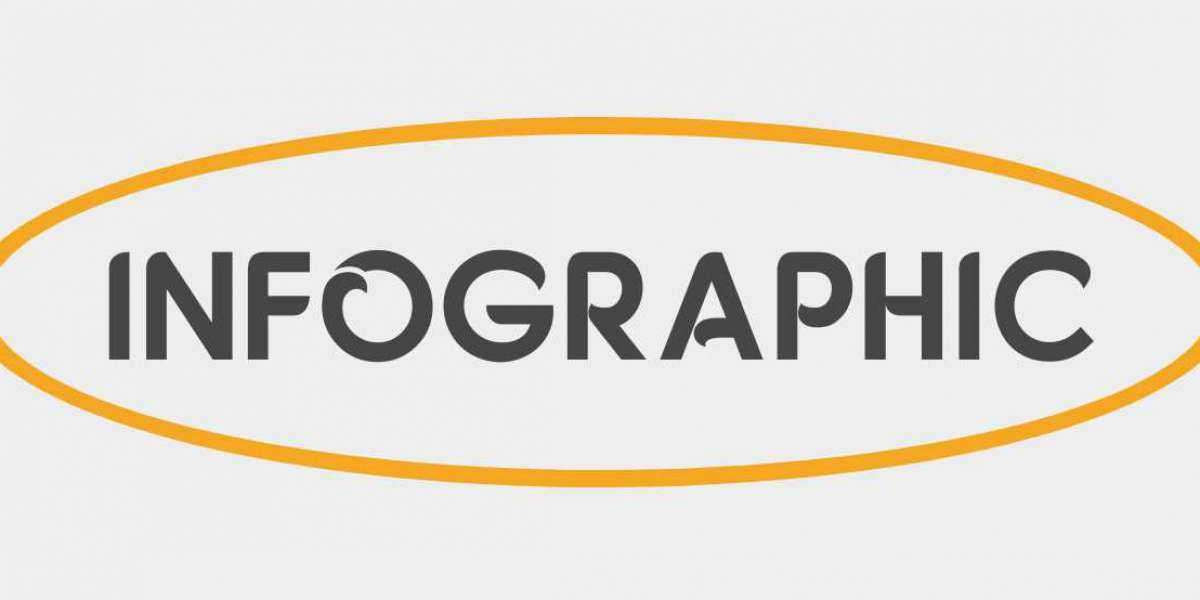In the competitive world of product packaging, jar labels play an essential role in branding, compliance, and consumer appeal. Selecting the correct jar label size can make the difference between a professional-looking product and one that fails to stand out on the shelves. In this detailed guide, we’ll explore everything you need to know about choosing the perfect jar label size, from measurements and materials to design considerations and printing options.
Understanding the Importance of Jar Label Sizes
The size of your jar label directly affects how well your brand communicates its message to potential buyers. A label that’s too large can wrinkle or peel, while one that’s too small may leave too much empty space and fail to showcase key product information. Therefore, finding the optimal jar label size calculator and dimensions ensures that your packaging is both visually appealing and functional.
The correct label size enhances product readability, allows space for legal requirements such as ingredients or nutritional information, and maintains aesthetic harmony with your overall packaging design.
Standard Jar Label Sizes
While there’s no universal standard, several common jar label sizes are widely used in the packaging industry. The ideal dimensions depend on the jar shape—cylindrical, square, or tapered—and its volume capacity. Below are some typical examples:
2 oz jars: 1.5" x 5" or 1.75" x 4.5"
4 oz jars: 2" x 6" or 2.5" x 5"
8 oz jars: 2.5" x 7" or 3" x 6.5"
16 oz jars: 3" x 8" or 3.5" x 7.5"
For round jars, a wrap-around label is common, while front-and-back label sets are ideal for square or straight-sided jars. Always measure the jar’s circumference and label panel height to ensure a precise fit.
How to Measure Your Jar for Labels
To determine the perfect jar label size, follow these steps:
Measure the Circumference: Wrap a flexible measuring tape around the widest part of the jar to find the total perimeter.
Measure the Height: Measure the flat label area between the jar’s curves or shoulder and base.
Account for Overlap: If using wrap-around labels, subtract about ⅛ inch from the circumference to prevent overlap or bubbling.
Consider the Taper: For tapered jars, the surface curves inward, which means a rectangular label might wrinkle. In that case, a custom die-cut label or smaller front label is preferable.
By taking these careful measurements, you ensure your label applies smoothly and maintains a professional look.
Label Shapes for Different Jar Types
Selecting the right label shape can enhance the appeal of your packaging. Here are the most popular shapes based on jar style:
Round Jars: Best suited for wrap-around labels that display the product name prominently at the front and detailed information at the back.
Square or Straight-Sided Jars: Work well with front and back labels, offering a clean and balanced appearance.
Hexagonal Jars: Often used for honey or jam; consider smaller front labels or hexagonal die-cut labels for symmetry.
Tapered Jars: Require custom curved-edge labels or smaller stickers that conform to the shape.
Choosing the right shape ensures the label adheres properly and accentuates your product’s design.
Selecting Label Materials for Jars
The material of your jar label influences its durability, resistance to moisture, and overall finish. Below are the most widely used label materials:
Paper Labels: Ideal for dry goods and decorative jars. Affordable but not moisture-resistant.
Vinyl Labels: Highly durable, waterproof, and suitable for refrigerated or liquid products.
BOPP (Biaxially Oriented Polypropylene): Popular for food and cosmetic jars, this material resists oil and water, ensuring labels remain intact.
Kraft Paper Labels: Provide a natural, rustic look perfect for organic or handmade products.
Clear Labels: Create a “no-label” look, allowing the product itself to show through, ideal for premium branding.
The right material complements your brand identity while ensuring longevity and readability under various conditions.
Design Considerations for Jar Labels
Your jar label design should capture attention while conveying essential information clearly. Here are key elements to include:
Brand Name and Logo: Centralize your logo for instant recognition.
Product Name: Use bold, legible fonts to communicate clearly.
Ingredients and Nutritional Info: Required for consumable products; ensure readability.
Barcode or QR Code: Essential for retail and inventory management.
Expiration or Batch Numbers: Maintain regulatory compliance.
When designing, maintain a balance between text and visuals, ensuring that your colors and fonts align with your brand identity. Avoid clutter, and use contrasting colors to improve readability.
Label Finishes and Coatings
Adding a finish or coating to your jar label enhances its texture, shine, and durability. Common finishes include:
Gloss Finish: Provides a vibrant, shiny look that attracts attention.
Matte Finish: Offers a sophisticated, non-reflective appearance ideal for minimalist designs.
UV Coating: Protects labels from fading due to sunlight exposure.
Lamination: Adds a protective layer that resists moisture, oil, and abrasion.
The right finish not only protects your label but also defines your product’s overall aesthetic.
Custom Jar Labels for Branding
In a crowded market, custom jar labels set your products apart. By tailoring size, shape, color, and texture, you can create a label that perfectly aligns with your brand’s personality. Customization options include:
Die-cut shapes for unique contours
Foil stamping for luxury products
Embossed details for tactile appeal
Transparent backgrounds for modern minimalism
These customizations transform simple packaging into a powerful branding tool, enhancing consumer trust and loyalty.
Printing Options for Jar Labels
Modern printing technologies provide multiple ways to produce high-quality jar labels:
Digital Printing: Ideal for small batches or startups, offering fast turnaround and high-resolution images.
Flexographic Printing: Suitable for large runs; ensures consistent color and efficiency.
Offset Printing: Provides precise, detailed images for premium brands.
Selecting the right printing method for custom product packaging depends on your budget, quantity, and desired finish.
Tips for Applying Jar Labels Perfectly
Even the best-designed label can look unprofessional if applied poorly. Follow these tips for flawless application:
Clean the Jar Surface: Remove dust, oil, or moisture before application.
Use Label Applicators: For consistent alignment and pressure.
Avoid Air Bubbles: Apply from the center outward using a squeegee or roller.
Temperature Control: Apply labels in a dry, moderate environment to ensure proper adhesion.
Proper application ensures your labels remain intact and visually appealing.
Conclusion
Selecting the right jar label size is a crucial step in creating packaging that attracts customers and conveys professionalism. From understanding jar dimensions to choosing materials, finishes, and printing methods, every detail contributes to the product’s market success. Whether you’re packaging food, cosmetics, or handmade goods, the right jar label enhances your brand visibility and ensures long-term product appeal.






